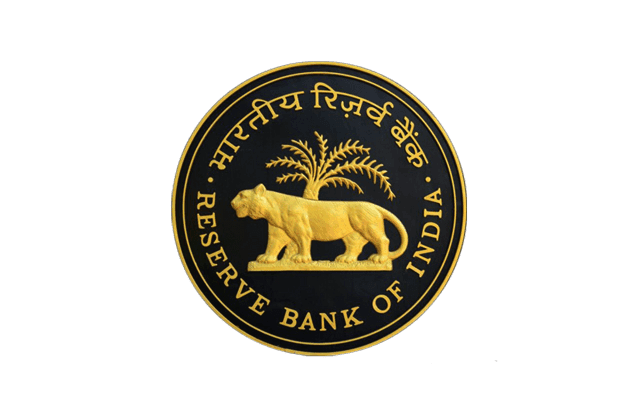Top Stories
L&T Partners with PS Technology to Revolutionise Railways
6 mins read. August 2, 2024 at 12:45 PM
Jindal Saw Q1 FY24 PAT Rises 67% to Rs 441 Cr
4 mins read. August 2, 2024 at 12:41 PM
Pfizer Q1 FY25 PAT Zooms 61% to Rs 151 Cr
4 mins read. August 2, 2024 at 12:36 PM

RBI infuses liquidity into the banking sector as it faces its largest deficit since 2020
On Monday, the banking system's liquidity shortfall approached Rs 1.47 trillion, the greatest since January 29, 2020, when the banking system's liquidity deficit reached Rs 3 trillion.
On Monday, the Reserve Bank of India (RBI) injected Rs 1.47 trillion; on Tuesday, it injected Rs 1.46 trillion. Market participants believed the payment of Rs 25,000 crore as the second tranche of the incremental cash reserve ratio (I-CRR) would be insufficient, and liquidity might tighten further to Rs 2 trillion in the short term owing to tax outflows and the arrival of the festive season.
“For now it looks like going into the festival season there would be more outflow and cash leakage from the system. It will lead to higher deficit for the banking system,” said Naveen Singh, head of trading and EVP at ICICI Securities Primary Dealership. “There are other factors at play. We are not seeing much dollar flows coming into the system and the RBI has been continuously defending from the other side. We are not seeing any inflow from the Fx (foreign exchange) side, and the RBI is not in the mood to add durable liquidity in the system. Gradually, the liquidity deficit might go up to Rs 3 trillion, but not in the immediate future,” Singh said.
Banking liquidity is projected to remain constrained until at least the end of September. Market participants anticipate that liquidity will improve by the beginning of October.
I-CRR is going to be phased down by October 7 according to a decision made by the RBI on September 8.
The remaining 50% of the I-CRR will be released on October 7; 25% will be distributed on September 19, and 25% on September 23.
“We are towards the end of September now, and there are advance tax flows that are causing a pressure on the liquidity. Added to that, the rupee has depreciated above 83 and RBI intervention has happened, so that has also sucked up some rupee liquidity from the system. I think till the end of this month, the liquidity will remain under pressure. Only by the beginning of October can we start seeing liquidity moving towards surplus,” said Sakshi Gupta, principal economist at HDFC Bank.
As a result, the tri-party repo rate (TREPS) increased above the marginal standing facility rate and increased to 6.82 percent for the weighted average call rate.
“The overnight money rates have topped out at current levels. They should remain in a narrow range and should move between 4-5 basis points,” a money market dealer at a state-owned bank said. “The rates will surely remain high for longer but will not rise significantly from current levels,” he added.
On Wednesday, the weighted average call rate and TREPS rate were both 6.76 percent.
Related News

The ₹2000 banknote withdrawal: Where we stand
3 mins read. November 3, 2023 at 08:41 AM

FOMC holds Fed Funds Rate steady with Cautionary Outlook
1 mins read. November 3, 2023 at 08:25 AM

Coal sector records 16.1% growth in September 2023: Centre
2 mins read. November 3, 2023 at 04:09 AM

Indian Railways achieves 87.25 MT freight loading till October 2023
1 mins read. November 2, 2023 at 04:46 AM
Download app
Access BlinkX
everywhere
across device

